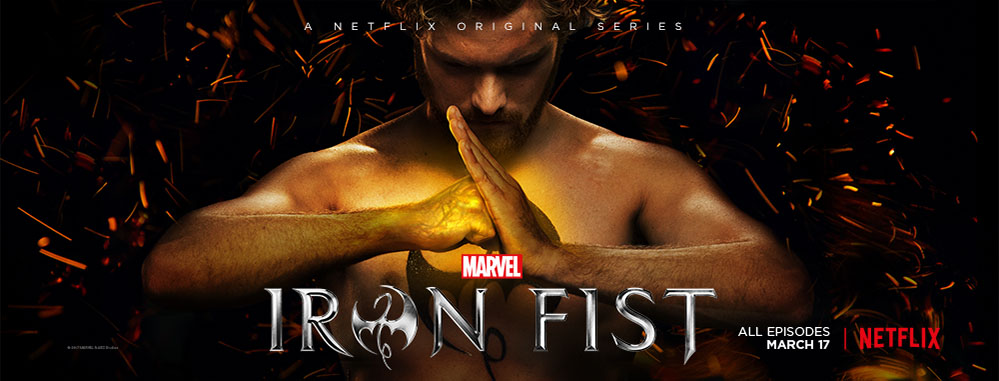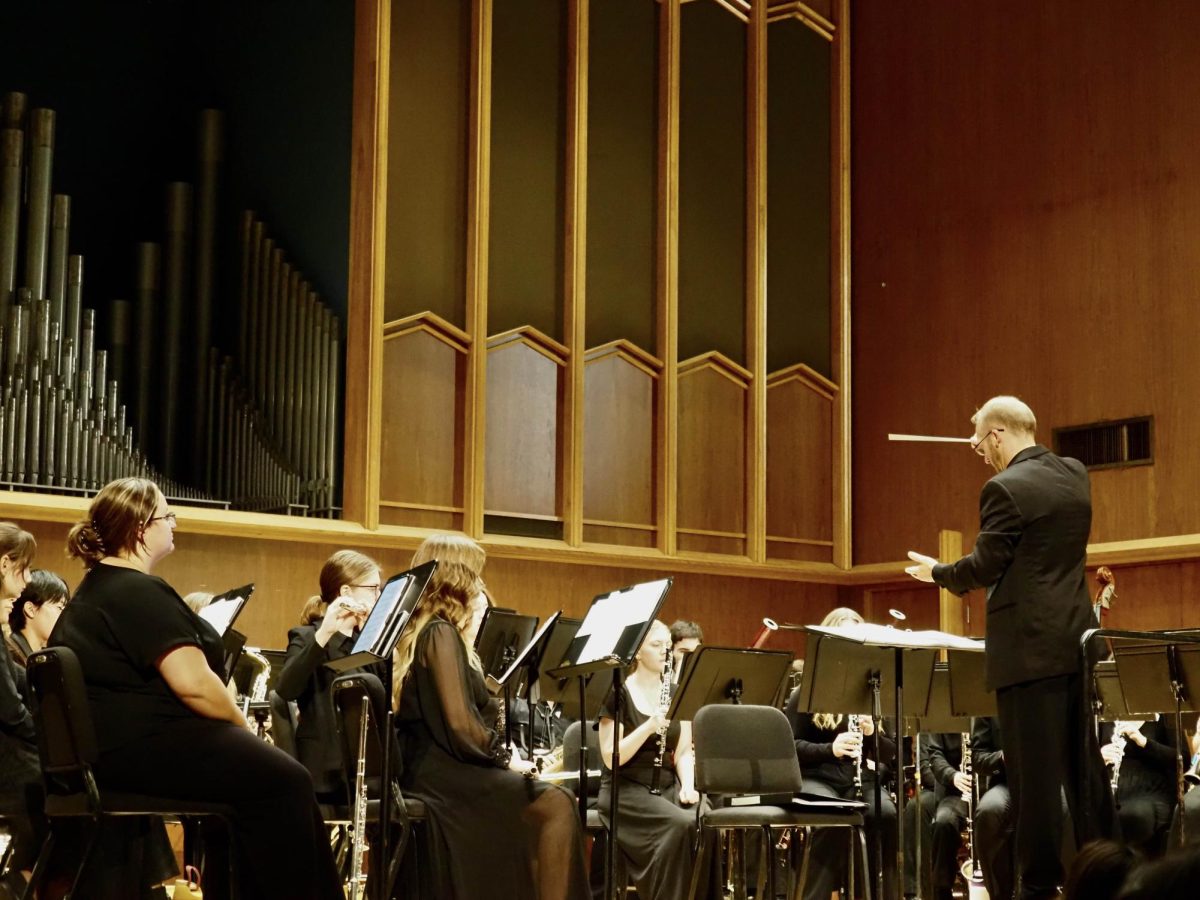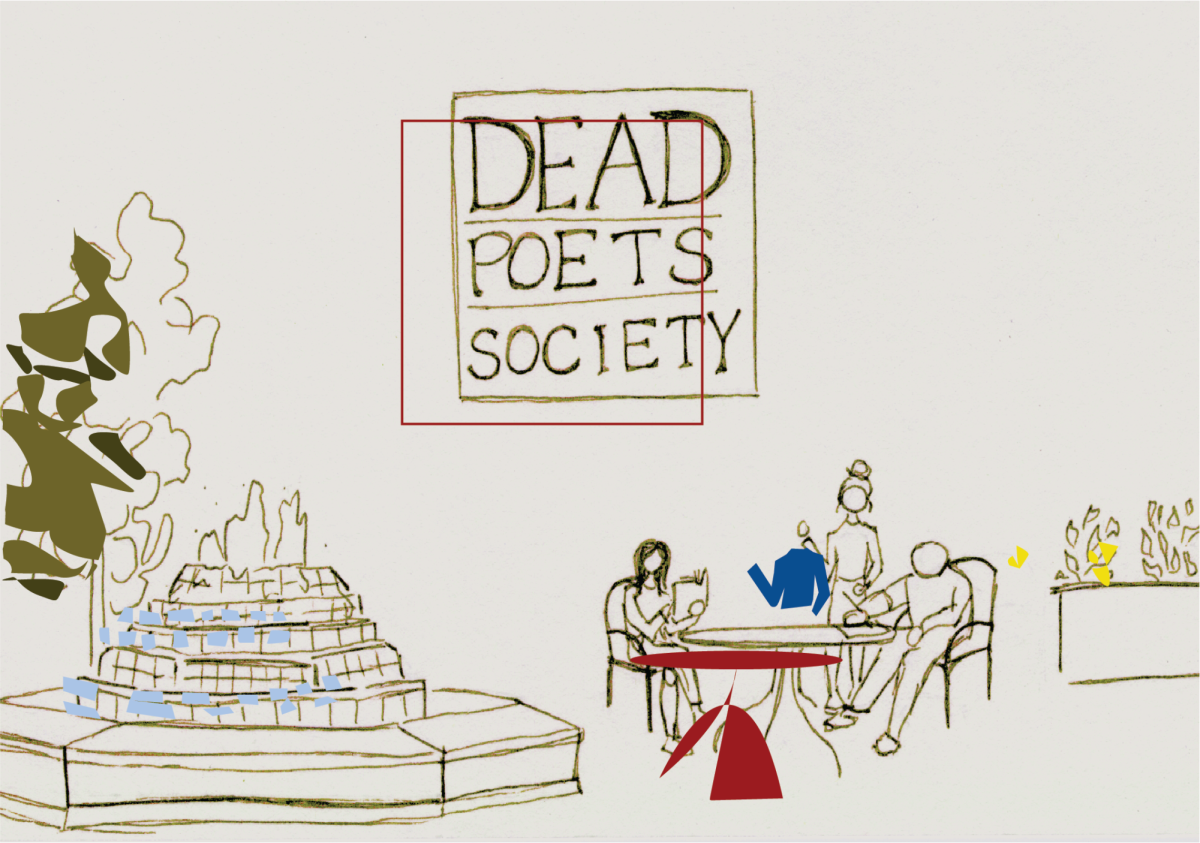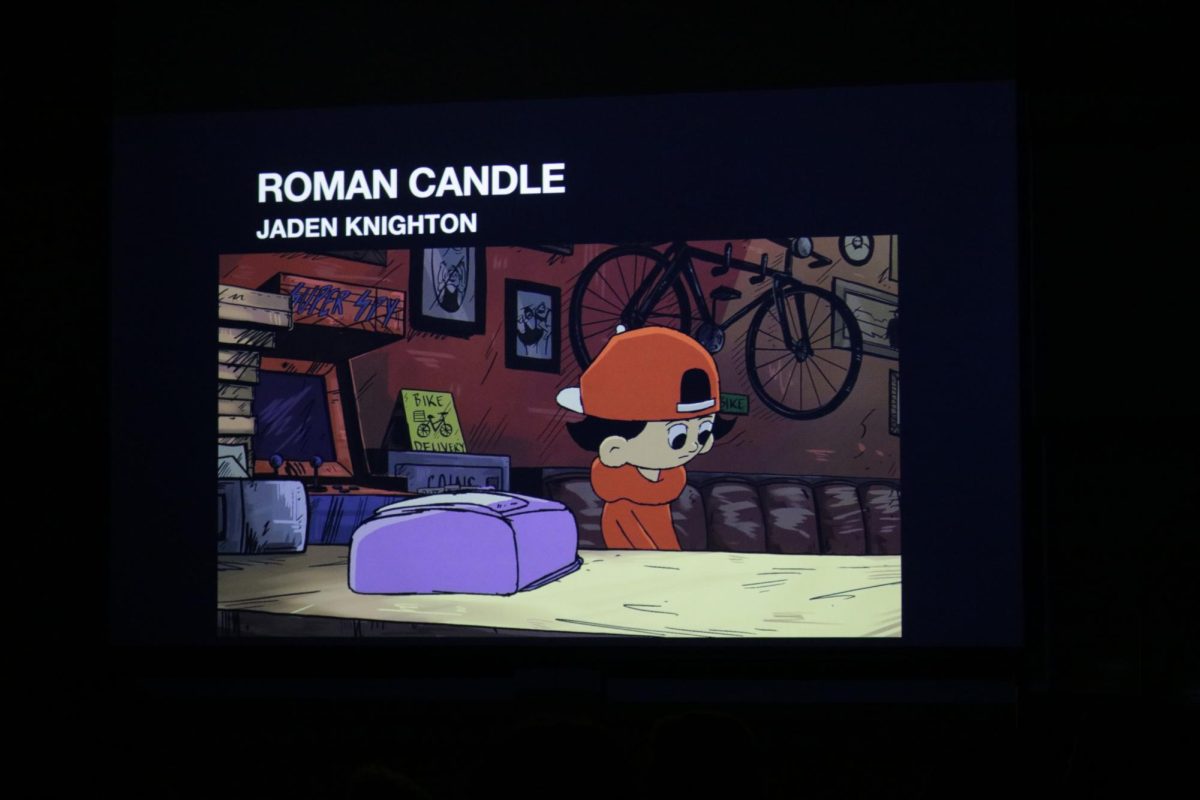With hits such as “Daredevil,” “Jessica Jones” and “Luke Cage” under its belt, Marvel and Netflix’s latest superhero outing had much to live up to. The team-up between the entertainment giants has produced impressive and compelling TV shows. The long-awaited “Iron Fist” is the latest addition to this trend, being the last hero to appear before the release of “The Defenders” later this year. Marvel-Netflix introduced B-list characters with a bang, but “Iron Fist” fell short.
unlikeable characters
Danny Rand, age 10, is the son of Wendell and Heather Rand, the wealthy owners of Rand Enterprises. The family mysteriously crashes in the Himalayas and Danny is eventually rescued and trained by monks from the mystical city of K’un L’un to be the Iron Fist. He returns to New York after 15 years to attempt to reenter society and retake the company his family built. Danny finally makes way back into Rand Enterprises, but discovers corruption and the presence of The Hand, an organization of evil ninjas who are the sworn enemy of the Iron Fist. The show progresses as Danny attempts to root out the corruption in his company while also discovering the type of hero he is meant to be.
Much of the show’s negative views are centered around Danny Rand, played by Finn Jones. He is not the most likeable character, making it hard to watch an episode without feeling annoyed at him. Jones’ Iron Fist is a whiny and emotional child. In more ways than one, he still acts like the 10-year-old child who vanished, not like the 25-year-old man who returned. He has no guile, charm or even common sense, instead he has random fits of anger when things do not go his way. Constantly manipulated by characters who obviously take advantage of him, he believes whatever he is told, which makes his character frustrating.
Throughout the season, viewers learn that the Iron Fist is tasked with guarding K’un L’un, but Danny abandoned his post for New York. He spends most of the show wrestling with his duty as the Iron Fist and his desire to learn the truth about his parent’s death. The show never capitalizes on this struggle, leaving it unresolved. He does not develop into an interesting character, and viewers are left wondering about his nature and his mission.
Lackluster yet entertaining
In regard to The Hand, they are arguably the main villain of the show. However, the villain role remains lacking. Throughout the season the role is shared by the enigmatic Madam Gao, the crafty Bakuto and the downright insane Harold Meachum. None of these characters hold the title of main villain for more than a couple of episodes and they all have different motives, leaving the audience unsure of what they are after. The show is missing a central antagonist that drives the story and challenges the hero. Vincent D’Onofrio and David Tenant did exactly that in “Daredevil” and “Jessica Jones,” respectively. Without a challenging or compelling villain, Danny Rand loses identity and purpose.
The show could also do with fewer than 13 episodes. Some criticize Marvel-Netflix’s shows for the story moving too slowly and occasionally getting bogged down by uninteresting side plots distracting from the storyline. “Iron Fist” suffers from these concerns more than its predecessors. It grabs attention early on, but does not sustain it as viewers grow more and more frustrated by the predictability of it. Thankfully, Marvel-Netflix responded by making “The Defenders” an 8-episode miniseries instead of 13 episodes. That gives the show the ability to tell a faster-paced story, which does not need so many subplots. Besides, Netflix’s “Stranger Things” told a much more fascinating story in eight episodes.
For all of its flaws, “Iron Fist” is still an entertaining show. Even though the fight scenes are not as astonishing as “Daredevil,” it is always entertaining to watch ninjas beat each other up. Danny Rand fails to stack up to the previous heroes, but it is not too late to build his character. Even though it has not been renewed for a second season, “The Defenders” presents an opportunity to complete the character’s development.







